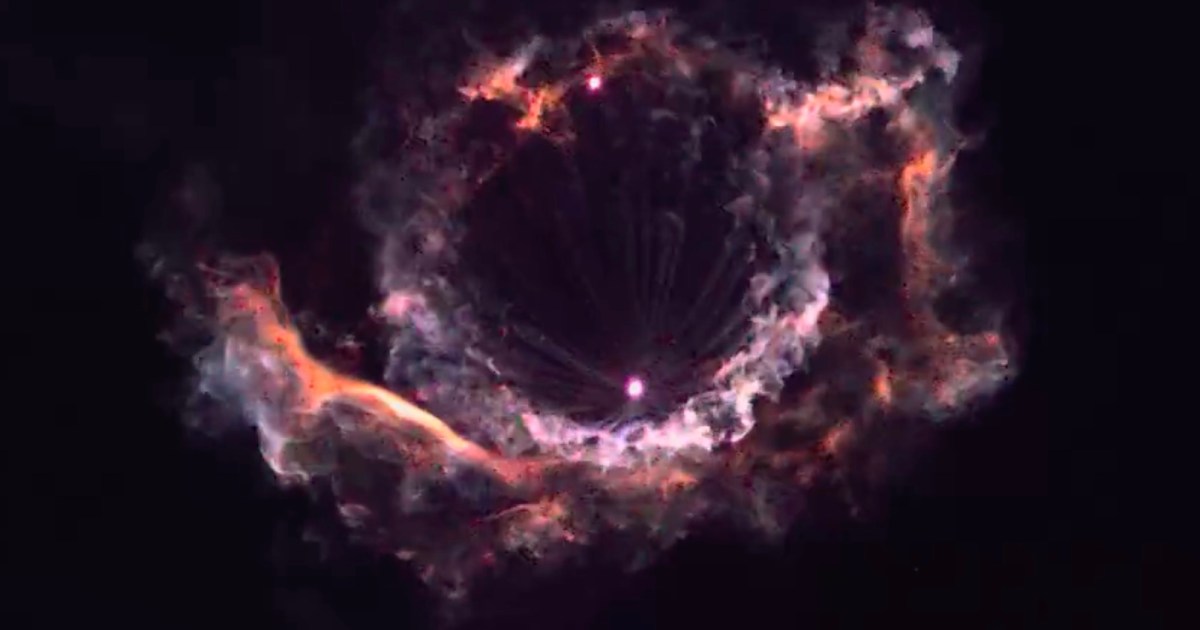
SpaceX spent years developing a spaceflight system that enables it to reuse the first stage of its Falcon 9 booster.
It does this by landing the booster upright just minutes after it’s deployed the rocket’s second stage. After that, it’s checked over, refurbished, and sent out for another mission. Some of SpaceX’s Falcon 9 boosters have made nearly 20 flights, and other parts of the vehicle, such as the Crew Dragon spacecraft and the fairing, can also be used for multiple missions.
This carefully designed recycling method has allowed the Elon Musk-led company to slash the cost of space access while increasing the frequency of launches, and has also taken the pressure of NASA to develop its own spaceflight systems.
SpaceX shared a video (below) this week showing one of its first-stage boosters lighting up the night sky shortly after sending Crew-8 on its way to the International Space Station.
With the rocket itself hard to see, and the camera looking directly up, the footage of the Falcon 9’s fiery descent has a surreal quality about it.
Falcon 9 lit up the sky ahead of the first stage returning to Earth after launching Crew-8 to the @Space_Station Sunday evening pic.twitter.com/9f6ZeT5dfW
— SpaceX (@SpaceX) March 5, 2024
Comments on the video include everything from remarks on its beauty to concern about pollution caused by that and other rocket missions. One said that some observers who didn’t know about the SpaceX mission had feared they were witnessing an airplane tumbling out of the sky, while another put it like this: “Marveling at the sight of Falcon 9 piercing the heavens, igniting the sky with its brilliance as it embarks on a celestial dance back to Earth. A mesmerizing feat of technological prowess that never fails to inspire awe and wonder.”
Meanwhile, rocket enthusiast Michael Seeley offers a more technical explanation of the event, describing it as a “nebula created by rocket exhaust as the SpaceX Falcon 9 first-stage booster separates from the second stage and the Crew Dragon.” In his own incredible image, you can see the first-stage booster silhouetted.
It's described as an eye, a dragon, a person's face, a puppy's face, a dragon, or a nebula. The reality seems almost, if not more unlikely, than any of those: it's four humans going to space, while the rocket booster that got them most of the way there is coming home.
One of… pic.twitter.com/Xc8Jx84txJ
— Michael Seeley (@Mike_Seeley) March 7, 2024
Following the launch, Crew-8 reached the space station safely, ending another successful mission for SpaceX.
Editors’ Recommendations
Services Marketplace – Listings, Bookings & Reviews
